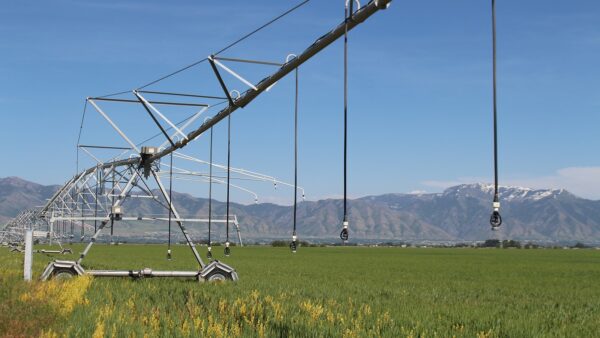Utah State University’s newest farming studies show that nanotech fertilizer could change the future of sustainable agriculture for the better. Though the nano-enabled fertilizer is still new and not yet ready for widespread use, it reveals a glimpse of improved economic and environmental impacts for farmers.
“Traditional fertilizer and pesticides have long been associated with high levels of greenhouse gas emission and severe environmental pollution,” according to the USU news story published back in December. “This has brought scrutiny to agriculture and prompted scientists to consider alternatives or innovations that might mitigate this problem.”
Nanotech fertilizer was one solution. And it could lower production emissions by 31.2% for nanotech fertilizer and 65.6% for traditional fertilizer.
“Nano-enabled fertilizers and pesticides work by transforming traditional agrochemicals into a nano formula that delivers nutrients in a more targeted fashion,” the story said. “This makes the fertilizers and pesticides more efficient and lowers the environmental impact.”
Nanotech fertilizer has been reported to increase crop yield by 10-30%, but it can also be quite expensive. Researchers analyzed the costs versus the benefits in order to find ways to make these fertilizers more cost-effective on a larger scale. They concluded that there was still work to do, but the solution could be in cutting down the amount of nanotech needed compared to traditional fertilizer.
Efficiency varied from 30% to 75% depending on the crop. “So if we can really cut down 75%,” said Yiming Su, leading author of the study, “it’s really beneficial to both economic and environmental impacts.”
The Future of Fertilizer
Whether nanotech fertilizer will catch on everywhere will depend on researchers’ ability to improve and fund the technology. It is important that they find a way not just to help the environment, but to improve the situation for farmers as well.
“We’re kind of at a very critical point,” Su said. “If we can increase the efficiency of the nano formula … I think it’s the way to go.”
– The Byway
Feature image caption: A sprinkler in a Northern Utah farm field. Courtesy Utah Water Research Laboratory.

